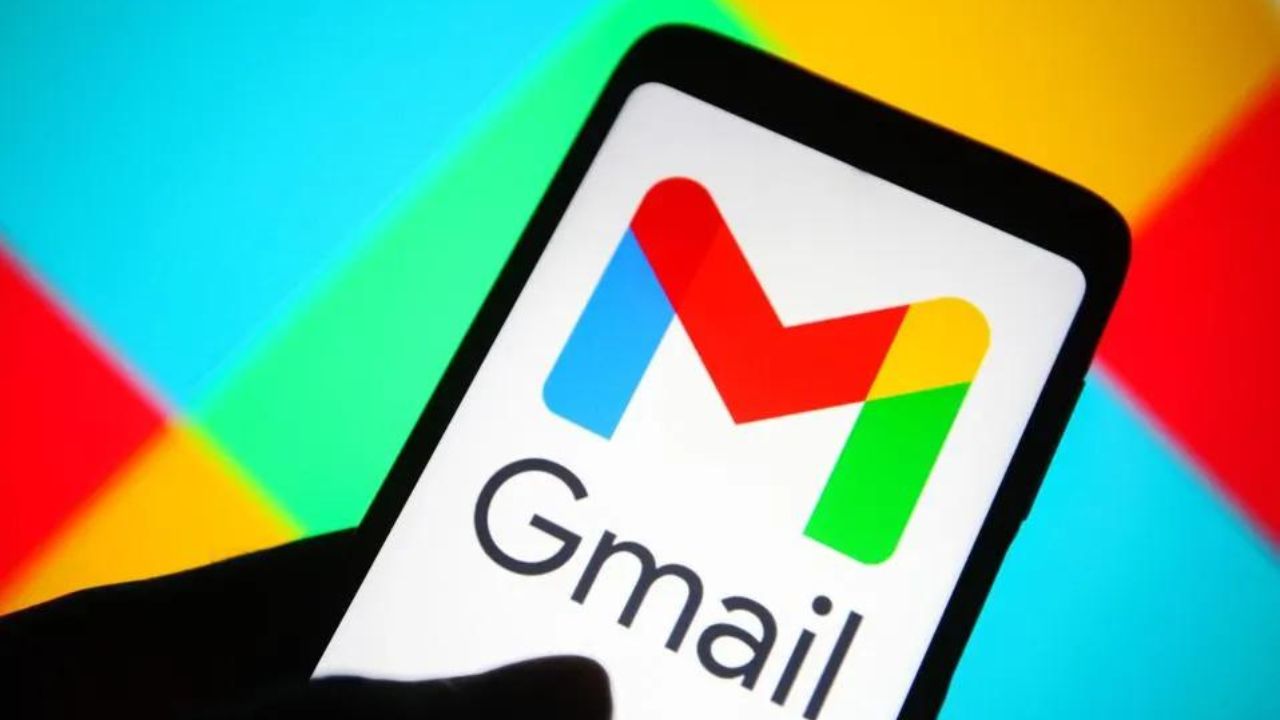
Three Steps and Tips to Secure Your Gmail Account
Google has just released the latest iteration of the Titan security key with two-factor authentication, committing to provide 100,000 of these to users at the highest risk of hacking. However, for everyone else, there are three cost-free steps to secure your Gmail account.

Here are three no-cost ways to help prevent Gmail account compromise.
1. Regularly Update and Strengthen Your Password:
A robust password may consist of 20 or more randomly generated characters or a combination of unrelated words formed into a passphrase. It should not be easily predictable, so avoid incorporating personal information, and refrain from using the same password for different accounts. Employing a password manager can assist in generating and managing distinct passwords, allowing you to remember or securely store only a single master password.
2. Enable Two-Factor Authentication (2FA):
Two-factor authentication adds an extra layer of security by requiring a second verification step in addition to your password. This is typically a code sent to your mobile device.
To enable 2FA on your Gmail account, go to your Google Account settings, select “Security,” and then find the option for 2-Step Verification. Follow the prompts to set it up.
3. Check Account Activity and Use Security Alerts:
Periodically review the recent activity on your Gmail account to ensure there are no unauthorized access or suspicious activities.
Turn on security alerts so that you receive notifications for unusual account activity. Google provides alerts for logins from new devices or locations.
Additionally, here are some extra tips:
- Stay Informed:
Keep yourself informed about the latest security threats and best practices. Subscribe to security newsletters or follow reputable sources to stay updated on potential risks.
- Be Aware of Phishing Attempts:
Be cautious about clicking on links or downloading attachments from unknown or suspicious emails. Phishing attacks often use deceptive emails to trick users into revealing sensitive information.
- Regularly Update Your Software:
Ensure that your operating system, web browser, and antivirus software are up-to-date. Updates often include security patches that protect against known vulnerabilities.
Remember, security is an ongoing process, and it’s crucial to remain vigilant and proactive in protecting your accounts and personal information. Always follow the latest guidelines provided by Google or other relevant security authorities.
